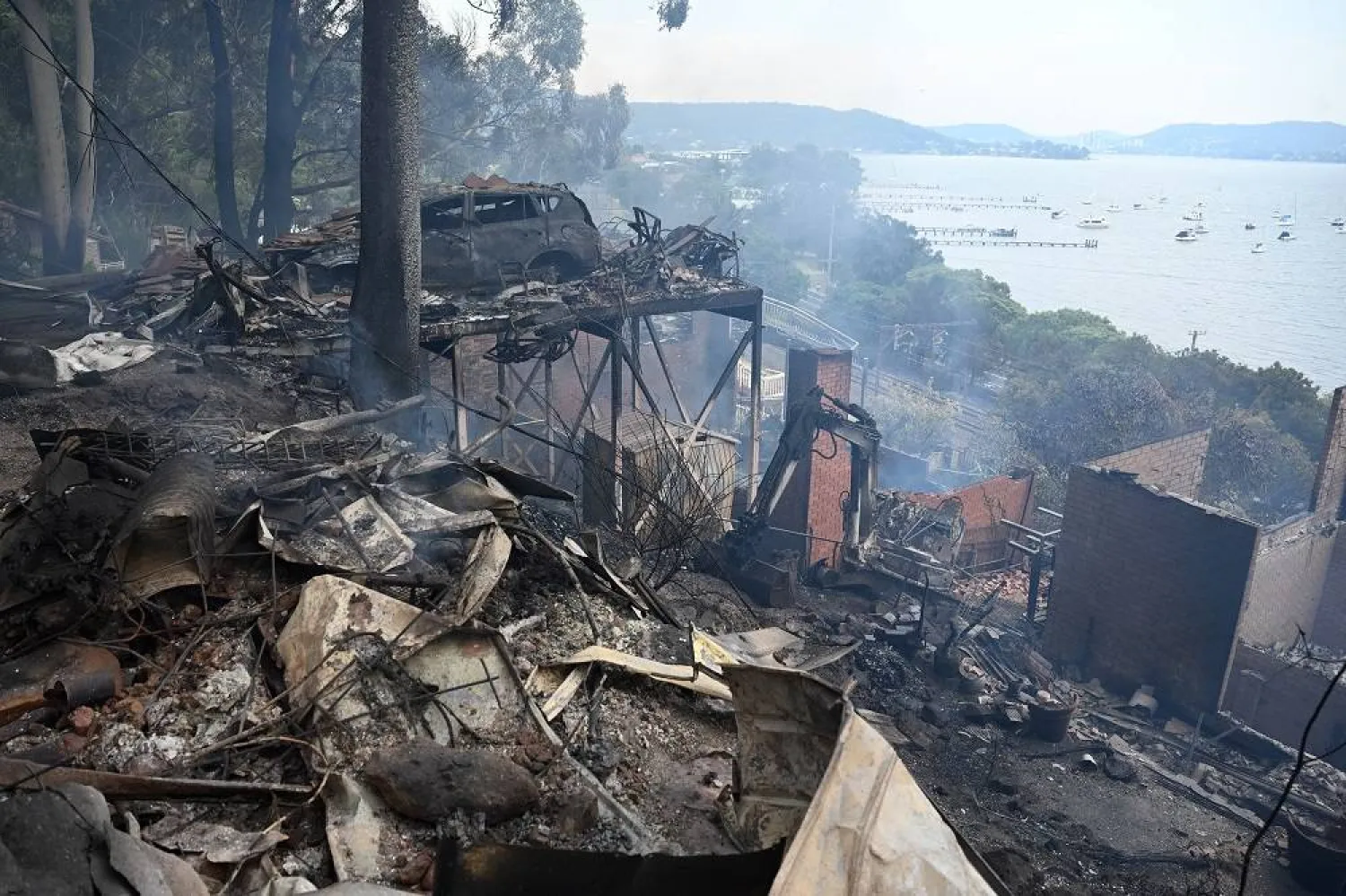Meridah Nandudu envisioned a coffee sisterhood in Uganda, and the strategy for expanding it was simple: Pay a higher price per kilogram when a female grower took the beans to a collection point.
It worked. More and more men who typically made the deliveries allowed their wives to go instead.
Nandudu´s business group now includes more than 600 women, up from dozens in 2022. That´s about 75% of her Bayaaya Specialty Coffee´s pool of registered farmers in this mountainous area of eastern Uganda that produces prized arabica beans and sells to exporters.
"Women have been so discouraged by coffee in a way that, when you look at (the) coffee value chain, women do the donkey work," Nandudu said. But when the coffee is ready for selling, men step in to claim the proceeds.
Her goal is to reverse that trend in a community where coffee production is not possible without women's labor.
Uganda is one of Africa´s top two coffee producers, and the crop is its leading export. The east African country exported more than 6 million bags of coffee between September 2023 and August 2024, accounting for $1.3 billion in earnings, according to the Uganda Coffee Development Authority.
The earnings have been rising as production dwindles in Brazil, the world´s top coffee producer, which faces unfavorable drought conditions.
In Sironko district, where Nandudu grew up in a remote village near the Kenya border, coffee is the community's lifeblood. As a girl, when she was not at school, she helped her mother and other women look after acres of coffee plants. They usually planted, weeded and toiled with the post-harvest routine that includes pulping, fermenting, washing and drying the coffee.
The harvest season was known to coincide with a surge in cases of domestic violence, she said. Couples fought over how much of the earnings that men brought home from sales - and how much they didn't.
"When (men) go and sell, they are not accountable. Our mothers cannot ask, `We don´t have food at home. You sold coffee. Can you pay school fees for this child?´" she said.
Years later, Nandudu earned her degree in the social sciences from Uganda´s top public university in 2015, with her father funding her education from coffee earnings. She had the idea to launch a company that would prioritize the needs of coffee-producing women in the country's conservative society.
She thought of her project as a kind of sisterhood and chose "bayaaya" - a translation in the Lumasaba language - for her company's name.
It launched in 2018, operating like others that buy coffee directly from farmers and process it for export.
But Bayaaya is unique in Mbale, the largest city in eastern Uganda, for focusing on women and for initiatives such as a cooperative saving society that members can contribute to and borrow from.
For small-holder Ugandan farmers in remote areas, a small movement in the price of a kilogram of coffee is a major event. The decision to sell to one or another middleman often hinges on small price differences.
A decade ago, the price of coffee bought by a middleman from a Ugandan farmer was roughly 8,000 Uganda shillings, or just over $2 at today´s exchange rate. Now the price is roughly $5.
Nandudu adds an extra 200 shillings to the price of every kilogram she buys from a woman. It´s enough of an incentive that more women are joining. Another benefit is a small bonus payment during the off-season from February to August.
That motivates many local men "to trust their women to sell coffee," Nandudu said. "When a woman sells coffee, she has a hand in it."
Nandudu´s group has many collection points across eastern Uganda, and women trek to them at least twice a week. Men are not turned away.
Selling as a Bayaaya member has fostered teamwork as her family collectively decides how to spend coffee earnings, said Linet Gimono, who joined the group in 2022.
And with assured earnings, she´s able to afford the "small things" she often needs as a woman. "I can buy soap (and) I can buy sugar without pulling ropes with my husband over it," she said.
Another member, Juliet Kwaga, said her mother never would have thought of collecting coffee earnings because her father was very much in charge.
Now, Kwaga's husband, with a bit of encouragement, is comfortable sending her. "At the end of the day I go home with something to feed my family, to support my children," she said.
In Sironko district, home to more than 200,000 people, coffee trees dot the hilly terrain. Much of the farming is on plots of one or two acres, although some families have larger tracts.
Many farmers don´t usually drink coffee, and some have never tasted it. Some women smiled in embarrassment when asked what it tasted like.
But things are slowly changing. Routine coffee drinkers are emerging among younger women in the coffee business in urban areas, including at a roasting place in Mbale where most employees are women.
Phoebe Nabutale, who helps oversee quality assurance for Darling Coffee, was raised in a family of coffee growers. She bent over the roaster, smelling the beans until she got the aroma she wanted.
Many of her girlfriends, she said, regularly ask how they can break into the coffee business, as roasters or otherwise.
For Nandudu, who aims to start exporting beans, that's progress.
Now there are more women in "coffee as a business," she said.









